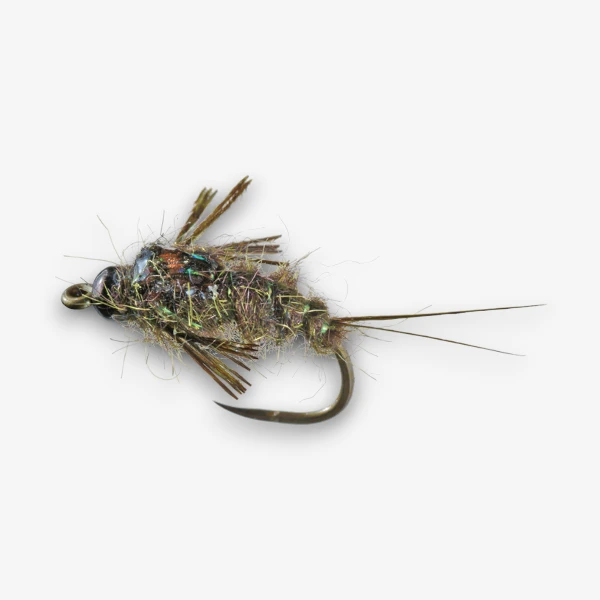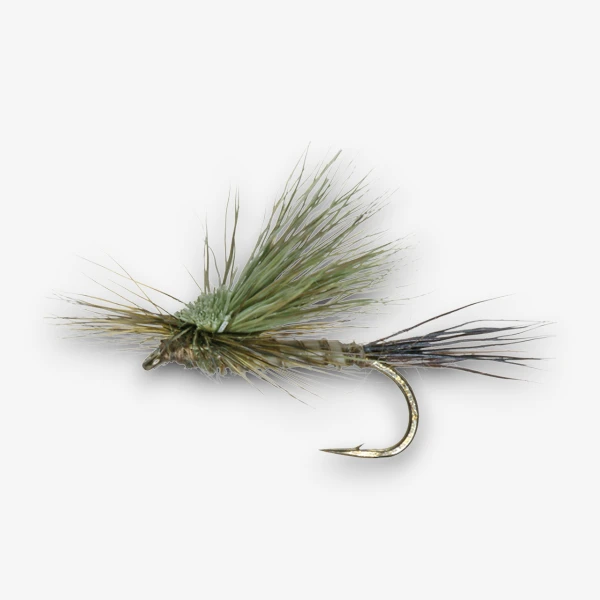Western Green Drake
Description
Overview:
The Western Green Drake (Drunella grandis) is one of the largest and most striking mayfly species in North America, easily identifiable by its vibrant green body and large size. Typically found in cold, fast-moving streams and rivers in the western United States, it hatches in late spring and early summer. The Western Green Drake hatch is a significant event for trout, as the mayflies emerge in large numbers, offering a rich food source. Its characteristic features include a robust, olive-green body and large, translucent wings with dark markings. These mayflies often emerge in the late afternoon or early evening, making it a prime feeding time for trout. To imitate this impressive insect, anglers commonly use larger fly patterns that match its size and distinctive green hue. Common hook sizes for the Western Green Drake range from 8 to 16, reflecting the size of the adult mayfly.
Nymph:
The Western Green Drake nymph is large, measuring about 1 to 1.5 inches in length. It has an olive to green body with a dark thorax and is commonly found clinging to rocks and submerged vegetation in fast-moving streams. The nymph is a robust insect, often seen moving along the substrate before emerging as an adult. Common hook sizes for Western Green Drake nymph patterns are typically 12 to 16.
Dry/Dun/Spinner:
The adult Western Green Drake, or dun, measures around 1 to 1.5 inches in length. It features a striking green body and large, translucent wings with dark markings. The Western Green Drake emerges in late afternoon or early evening, creating a feeding frenzy among trout. Effective hook sizes for dry flies typically range from 8 to 14. Anglers often use large parachute, comparadun, or traditional dry fly patterns to match the adult stage of this mayfly. These patterns are designed to float well and imitate the distinctive size and shape of the Western Green Drake.
Hatch Chart
Subscribe to view hatch locations. Hatch data is available for all species.


